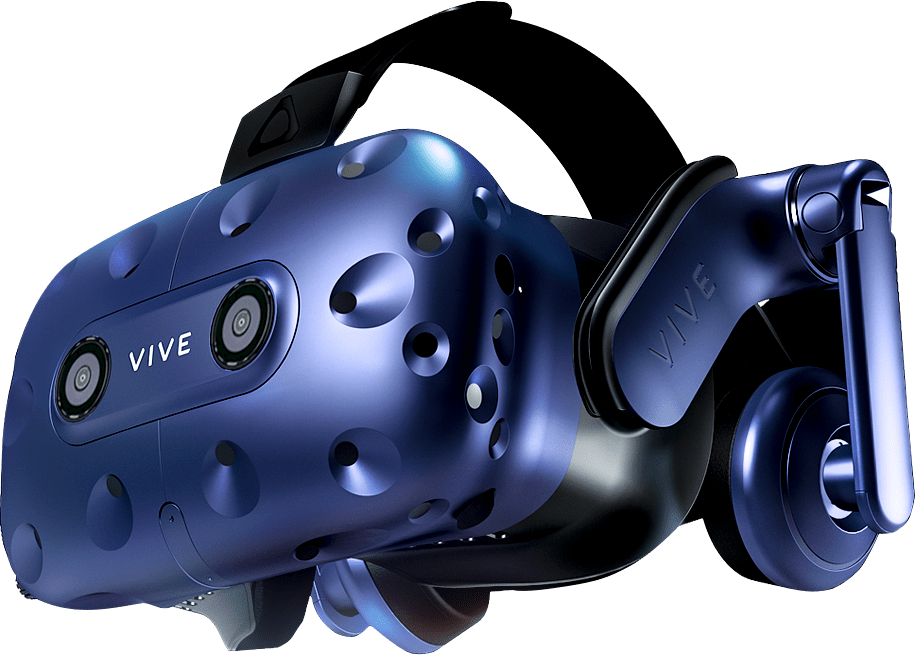If there’s anything that the education sector loves, it’s evidence-based efficacy and validation testing. However, although Virtual Reality has been espoused as the classroom must-have for innovative teachers looking to make a name for themselves over the best part of 4 years — there’s a shocking dearth of safety testing in VR use for children and young people.
We spoke to Jane McConnell – a marketing executive and consultant based in the UK, Community Manager at AR (Augmented Reality) Manchester, former VR marketing executive and all-round immersive technology fan – about why this might be the case.
Why are hardware companies so scared of VR safety testing in young people and children?
Jane McConnell, Marketing Executive:OK, first of all – talking about safety testing – for whatever reason other than commercial vanity – isn’t cool! However, Scientific American was first to point out the lack of VR safety research way back in 2016. Maybe the questions needs to be: why are VR hardware companies so scared of doing the relatively easy work of testing? And before you get all reductionist on me (“ergo if we do safety testing on young people it will slow down the pace of VR innovation”), I’d postulate that as of 2021 it is currently easier to test an experimental intravenous prophylactic on children exactly when it shouldn’t be easier to conduct these kinds of safety tests.
Safety testing for virtual reality in education is not the sexiest of propositions for the likes of Oculus, HTC Vive and Valve’s Index device which might help explain why there’s such a lack of VR safety research for children. But it’s not their fault.
Hardware companies in general typically haven’t attracted private or even publicly owned / taxpayer funding for the safety of their electronics devices, simply because they’ve been seen as a barrier to progress and (most likely) slow down whatever, I guess, hypothetically, tax rebates are being awarded for each financial year in question prior to a commercial launch… maybe that’s cynical.
But currently, no-one is marketing a VR product based on its safety credentials for children and young people. Maybe – for the sake of accessibility at least – that needs change.
Jane McConnell, Marketing Consultant; XR Marketing Executive
Why do you think companies aren’t currently testing VR for safety with young people and children?
Jane McConnell, Marketing Executive: From my perspective, and I think you should probably speak to developers about this more importantly, the old-fashioned don’t-test-the-tech view continues to focus on user experience testing almost in a silo, over user safety testing and even environmental testing; despite the stronger research methods we have now, and large body of researchers that most technology companies and definitely luxuriate in should they wish to.
Could VR hardware companies start changing their ideas around VR safety?
Though, as audiences might expect of hardware companies in the 21st century, the need for inclusion and widening access to participate in immersive, extended realities (XR) and digital realities makes safety testing for young people seem more inherent than as some add-on; and exactly the kind of preventative measure that can reap defined, tangible rewards.
Without defined, holistic parameters and goals for safety testing, the research ends up being the exception to the desired rules. Although – often, the results are rarely publicised (or adhered to, so perhaps the real question is: why does it matter anyway?!).


One such exception and example would be The University of Leeds’ virtual reality testing on children, conducted in their Psychology departments in 2017. Going on 4 years – it remains the only research of its kind that looks at VR safety, children and possible neurological effects.
VR Safety, Children, Effects on Motor Skills
The University of Leeds is one of the Russell Group Universities in the UK, which means that the university is prized for the attainment levels of its students – and in particular from its research endeavours.
The Leeds team tested 20 children in the 8 to 12 year old bracket following a 20 minute test playing a VR game. The results discovered post-VR sensory difficulties in children.
One child had difficulty balancing after being in VR compared to their balance beforehand.
Two other children had problems post-VR in reacclimatising their hearing – specifically, spatial awareness as per being able to determine sounds at distance being affected.
The rationale from Leeds’ VR tests on children under 13 was originally published on their official Medium blog. In the article’s most popularly cited quote:
Prof. Mark Mon-Williams, Professor of Cognitive Psychology, University of Leeds
“If there is a mismatch between the visual information and the hand movements then ‘surprise’ will result, and the human brain will need to adapt if future interactions between vision and action are to maintain their accuracy. The issue is that the process of adaptation may cause difficulties — and these difficulties might be particularly problematic for children as their brains are not fully developed.”
Prof. Mark Mon-Williams, the University’s professor of Cognitive Psychology, led the research. In his Medium piece, he refers back to the VR research that happened in the early 90s, which basically harked to inaccuracies in how proprioception was ‘triggered,’ affecting both the accuracy of visual perception and the following motor action related to that. These findings have since helped pivot the design of virtual reality systems towards more highly accurate stereoscopic systems that don’t randomly “explode” your sense of presence and reality. However, the amount of research of VR and its use by children under 13 remains sparse ( – just as the research in neuroplasticity in children remains low).
Despite this, the problems persist and the holy trinity for the next generation (you’re reading this article in 2021) are zero latency, “human” refresh rates, better frame rates and stronger-yet-leaner processors are the trinity.
What do you think VR hardware companies are focusing on right now?
Jane McConnell: VR’s performance for its innate integration with human proprioception has taken precedence, really. Form factor – making devices lighter to wear – Oculus Rift is where that’s at. Haptics – definitely. The hype phrase is always the art of the possible, but it’s always led by the art of the most practical; which I guess isn’t an art, it’s just the impetus that drives the vast majority of technological innovation. Form factor for devices is always going to be looked at more closely than safety for kids.
These aspects of virtual reality are already hurtling through the time and pace continuum of R&D leaving the rest to be locked out by the entropy of irrelevance… I think that sounds pretentious! But I believe it. Anyway, personally, I have a niggling feeling that those very ignored side-lines where VR use would be more prominent with higher uptake – so exatly with with younger people and children – is exactly where R&D dollars should be going.
Why should VR hardware manufacturers be looking at researching safety of devices with young people and children?
Jane McConnell: Virtual reality in education is one of the largest growing non-gaming uses of virtual reality. Beyond the realms of Google Cardboard and (RIP) Google Daydream. VR’s use in training continues to expand across enterprise too, with VR training very much the norm in a number of specialist industrial sectors.
But for technology companies and those talking up the next great revolution in education provision VR schools and VR classrooms, the need to open up the world of users beyond gamers is vital.
Oh, and Virtual Reality should be for everyone – it can’t be restrained to just be enjoyed -safely- by huge businesses, or these publicly -funded sitting duck budgets to acquire large virtual reality centres which end up becoming their own closed-off community niches. If the world is really interested in open, holistic, humanistic and technology enhanced progress, there needs to a be higher level of maturity in terms of attitude towards the very proposition of safety tests in the field of virtual reality.

